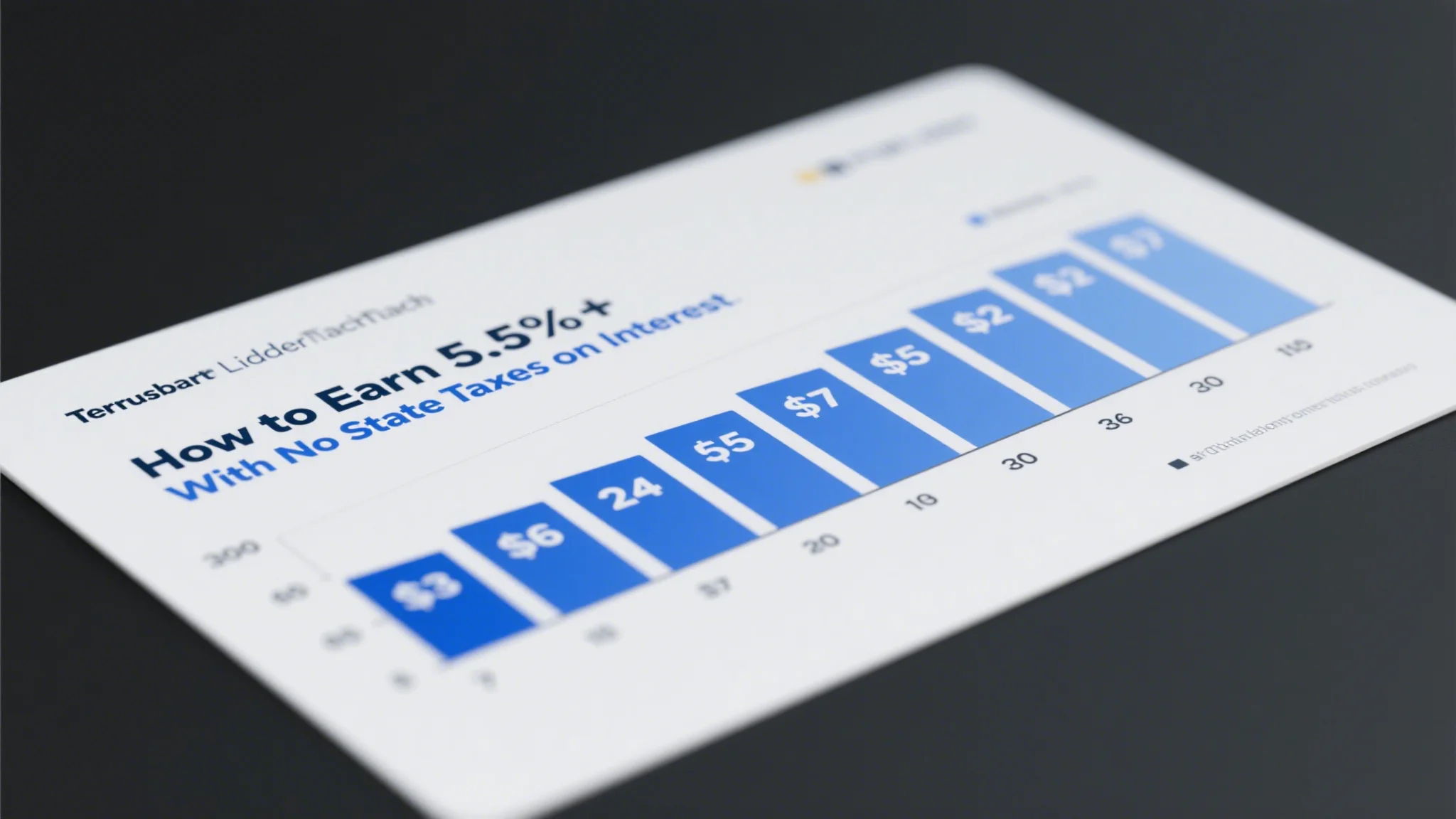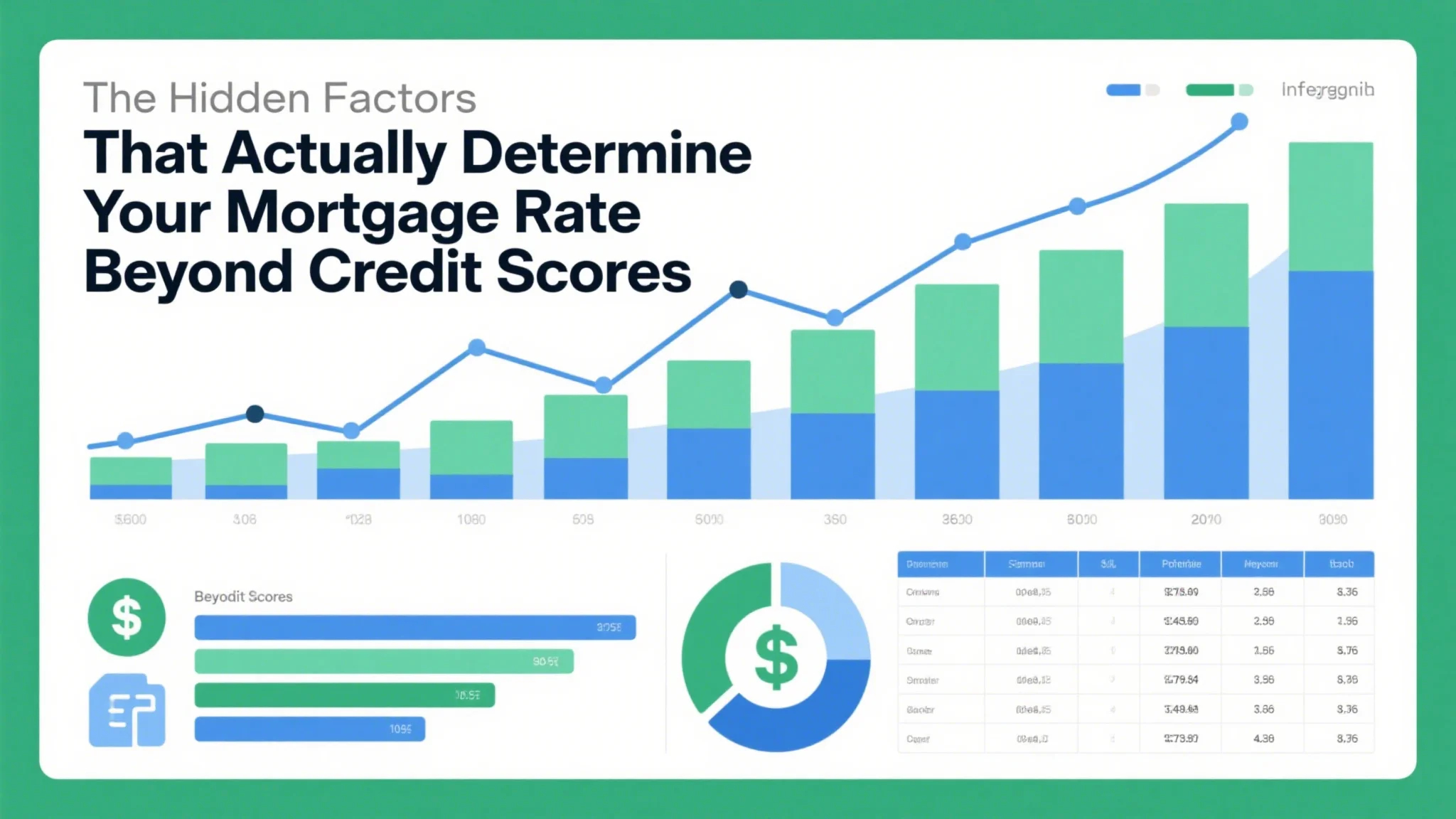Have you ever checked the interest rate on your sweep account? If you’re like most people, you might have glanced at it once or twice and dismissed it as “better than nothing.” After all, it’s a small percentage—just 0.01%—but it adds up, right? Wrong.

Sweep accounts are a common feature offered by banks to customers who keep their cash in checking accounts. The idea is simple: instead of letting your uninvested cash sit idle in a low-yield checking account, the bank sweeps it into a short-term investment or money market fund. In theory, this should earn you a bit more interest than a traditional checking account. But here’s the catch: the banks are making a killing off your uninvested cash, while you’re left with pennies in returns.
How Sweep Accounts Work
Sweep accounts are designed to automatically transfer excess funds from your checking account into a higher-yield investment vehicle. This process happens seamlessly, often without you even noticing. The bank sets a minimum balance for your checking account, and any amount above that threshold is swept into the investment fund. The funds are then available to you on demand, ensuring that your liquidity isn’t compromised.
On the surface, this seems like a win-win situation. You earn a bit more interest, and the bank gets to invest your money. But the reality is far from rosy.
Why Banks Love Sweep Accounts
Banks are in the business of making money, and sweep accounts are a golden opportunity for them to do just that. Here’s how they profit:
Low Interest Rates: The interest rates offered on sweep accounts are often minuscule—usually around 0.01% to 0.1%. While this might seem like a small amount, it’s actually a fraction of what the bank could earn by investing your money elsewhere.
Leverage: Banks use your uninvested cash to fund their own operations or lend to other customers. For example, if you have $10,000 in your sweep account, the bank might lend that money to a business or another individual at a higher interest rate. The difference between what they pay you and what they earn is pure profit.
Fees and Hidden Charges: While the interest rate might be low, banks often attach fees or charges to sweep accounts. These fees can eat into your returns, leaving you with even less money.
The Real Cost of Sweep Accounts
The problem with sweep accounts isn’t just the low interest rate—it’s the opportunity cost. By keeping your money in a sweep account, you’re missing out on the chance to invest in higher-yield options. For example, high-yield savings accounts, CDs, or even the stock market could offer significantly better returns.
Let’s do the math. Suppose you have $10,000 in a sweep account earning 0.01% interest. In a year, you’d earn just $1 in interest. On the other hand, a high-yield savings account could earn you 2% or more, giving you $200 in a year. That’s a huge difference.
What You Should Know
Banks don’t advertise sweep accounts as a scam, but the truth is that they’re not giving you a fair deal. The interest rates are intentionally kept low to ensure that you don’t see a significant return on your investment. This allows the bank to profit at your expense while you’re none the wiser.
If you’re currently using a sweep account, it’s time to ask yourself: Is this really the best use of my money? Are there better alternatives that could earn me more interest and help me reach my financial goals faster?
Why Banks Offer Such Low Rates
The reason banks offer such low rates on sweep accounts is simple: they want to keep your money in their system, earning them more profit. By offering minimal returns, they ensure that you’re not motivated to move your money elsewhere.
Profit Motive: Banks are for-profit institutions, and their primary goal is to maximize shareholder value. They achieve this by minimizing the interest they pay to customers while maximizing the interest they earn from loans and investments.
Customer Loyalty: By offering sweep accounts with low rates, banks hope to keep you as a loyal customer. If you’re satisfied with the returns, you’re less likely to shop around for better options.
Regulatory Environment: Banks are subject to regulations that require them to maintain certain reserve levels and manage their risk exposure. Sweep accounts help them manage their cash flow while keeping their costs low.
The Hidden Scam
The real scam isn’t that banks are offering low rates—it’s that they’re not transparent about the true cost of their services. Many customers are unaware of how much they’re losing by keeping their money in sweep accounts. They assume that a small interest rate is better than nothing, but in reality, it’s a drop in the ocean compared to what they could earn elsewhere.
How to Avoid the Sweep Account Scam
If you want to avoid being scammed by your bank, it’s time to take control of your finances. Here are some steps you can take:
Shop Around for Better Rates: Don’t settle for the low rates offered by your current bank. Compare high-yield savings accounts, CDs, and other investment options to see where you can get the best returns.
Consider a Money Market Account: Money market accounts often offer higher rates than sweep accounts and come with more flexibility. Just be sure to read the fine print and understand any fees or requirements.
Invest in the Stock Market: If you’re comfortable with a bit more risk, investing in the stock market could yield much higher returns than a sweep account. Even a moderate portfolio could earn you 6-8% per year or more.
Use a Credit Union: Credit unions often offer better rates on savings accounts and loans than traditional banks. They’re member-owned, so they’re more likely to prioritize your interests.
Negotiate with Your Bank: If you’re loyal to your current bank, consider negotiating for a better rate on your sweep account. Banks are often willing to offer better terms to retain customers.
The Bottom Line
The sweep account scam is a subtle but significant way that big banks profit at your expense. By offering minimal returns on uninvested cash, they’re discouraging you from seeking better opportunities elsewhere.
If you want to take control of your finances and maximize your returns, it’s time to move your money to a more profitable option. Whether you choose a high-yield savings account, a money market account, or even the stock market, the key is to avoid letting your money languish in a low-yield sweep account.
Remember, your money should work for you, not the other way around. Take the first step today and start earning the returns you deserve.



